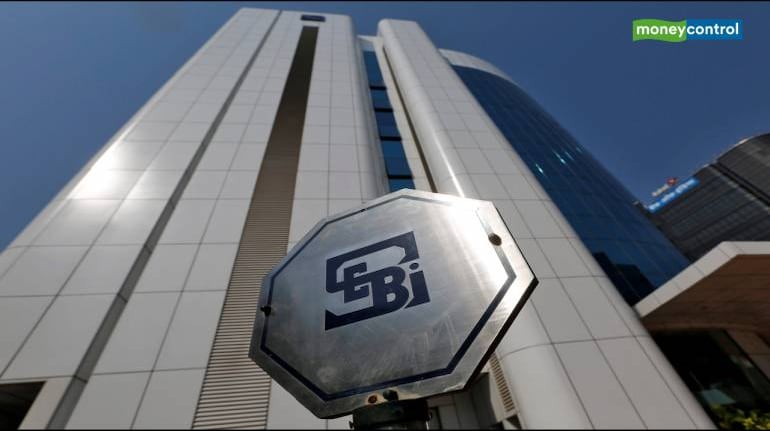
A study by a SEBI-appointed sub-committee shows that margins on derivative trades in India are up to 500 times higher compared to global exchanges. The sub-committee is chaired by IIM Ahmedabad professor JR Varma and has the Association of National Exchange Members of India as part of this committee.
The study compares margins levied by Indian exchanges and those by bourses like Chicago Mercantile group, Osaka Securities Exchange, New York Stock Exchange, Singapore Stock Exchange, Euronext, Australian stock exchange and Hong Kong Stock exchange. Moneycontrol has a copy of the report.
India is the only country in the world where initial margin charged in the F&O (futures and options) segment consists of three margins -- SPAN (Standardised Portfolio Analysis for Risk) margin, exposure margin and other additional margins. All other countries charge only SPAN margin.
The study also found out that if India followed only the SPAN margin system it would have been good enough to cover the risk for 99.44 percent instances of At-the-Money (ATM) and Out-of-the-Money (OTM) stock option contract. Simply put, there is no need to burden traders with extra margins.
Higher margins result in a lower return on investment (RoI) for a trader. Ironically, an FII who has an option of trading both in India as well as in Singapore Stock Exchange (SGX) has to pay the complete margin in India but only the SPAN margin if he trades the Nifty derivatives in SGX.
With the same amount of money the FII can get better leverage and higher return if he trades abroad. And we are not even talking of the advantage he has while trading in dollars. No wonder volume in SGX has picked over the years.
Not only are margins high in India, but the way they are charged on various option strategies defies logic. Take the case of spread strategies. Spread strategies do not carry any price risk but they take advantage of volatility.
Consider a Short Call Butterfly Spread strategy. This strategy consists of two spread trades. One is created by shorting an ATM call option and buying an OTM call option. The second one is created by selling one ATM call option and buying an In-the-Money (ITM) call option.
When the two spreads are combined the trader is holding two ATM call option on which he is short and one long OTM call and one ITM call option.
This is how the strategy would look if the trader builds it during closing minutes on June 6. Nifty was trading at 11,843, a Short Call Butterfly Spread on the nearest strike price (weekly expiry) would consist of two short 11,850 Call (ATM) and long on 11,750 Call (ITM) and 11,950 Call (OTM).
For the two short ATM 11,850 Call, the trader would collect a premium of Rs 13,050 (premium of Rs 87 for one lot having 75 units = Rs 87 x 2 x 75). The long 11,750 Call and 11,950 Call would cost him Rs 150.30 and Rs 42 for each unit, respectively. The net outgo would be Rs 14,422.5 (Rs (150.30 + 42) x 75).
The risk in this trade, irrespective of where the market goes is only Rs 1,372.5 (premium outgo for buying options of Rs 14,422.5 minus Rs 13,050 premium collected by selling options) for the entire Butterfly Spread.
Even if the market goes higher the two long call options would cover the risk of the two short call option. If the market tanks, the long call options would lose its entire value, but the short call option would be fully profitable and recover to a large extent the loss of the long calls. Under any circumstances, the loss will not exceed Rs 1,372.5.
Yet NSE charges a full premium for the short options -- almost equivalent to the margin required if the trader was holding short futures position. In other words, to protect a maximum loss of Rs 1,372.5 a trader has to provide a margin of over Rs 1.55 lakh.
Globally, the maximum amount needed to pay as the margin is slightly over the maximum loss that the limited loss strategy would incur.
The study has found how Indian traders are at a huge disadvantage in trading various option strategies as compared to traders globally.
Indian traders are restricted by many other margin requirements and ad-hoc increase in margin in order to protect from events like the recent election. The unfortunate part is that these margins are sticky and tend to stay longer, well past the event.
Apart from the margins, various statutory charges are imposed on traders. India has the highest transaction charges in the world and these do not include the taxes one has to pay if they are profitable despite these restrictions.
Despite these handicaps, volumes in Indian stock and index options are among the highest in the world. If Indian exchanges follow global margin methodology Indian markets volumes would be untouchable, not to mention the huge opportunity for collecting taxes.
The report submitted by the sub-committee to the market regulator makes a strong case for aligning Indian margin management practices with global exchanges. The ball is now in SEBI’s court.
(With inputs from Shishir Asthana)
Discover the latest business news, Sensex, and Nifty updates. Obtain Personal Finance insights, tax queries, and expert opinions on Moneycontrol or download the Moneycontrol App to stay updated!